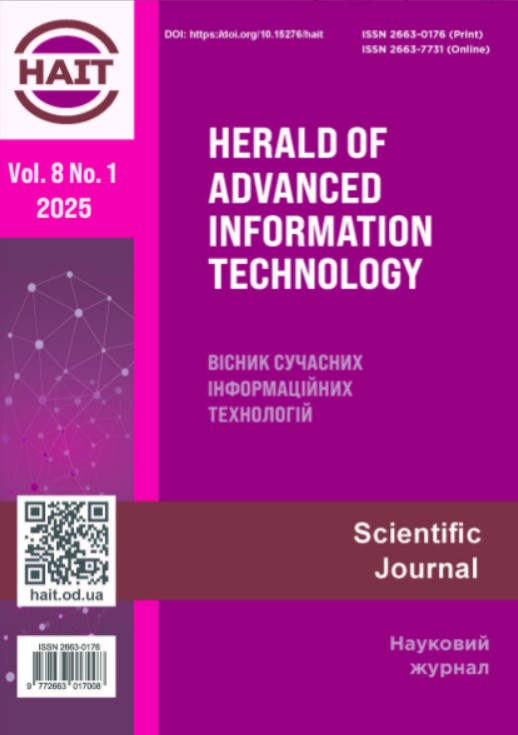Virtually unlimited sharding for scalable distributed ledgers
Main Article Content
Abstract
This paper presents an approach to improving the scalability of the decentralized smart contract platform Waterfall, based on the concept of hierarchical fractal sharding. Although distributed ledger technology holds significant promise for building secure and transparent digital ecosystems, its widespread adoption remains limited by scalability issues. A key challenge lies in the inability to proportionally increase transaction throughput with the growing number of participants without undermining either decentralization or security. The proposed solution reduces both computational and communication loads by distributing transactions, smart contracts, and network state across a system of recursively structured shards. Each shard operates as an independently validated subnetwork organized as a directed acyclic graph structure that supports asynchronous execution and consensus. This design enables the participation of low-power nodes, enhances load balancing, and achieves scalability not only at the level of the entire network but also within its internal components. The study details the mechanisms for shard formation and merging, transaction routing strategies, and dynamic placement of smart contracts. In addition, a probabilistic model is introduced to evaluate the risk of malicious capture of individual shards, and guidelines are provided for choosing safe shard sizes under various threat assumptions. While the proposed architecture is designed specifically for the Waterfall platform, its core principles and several of its methods may be adapted to other distributed ledger systems, including but not limited to blockchain-based platforms, particularly those employing modular or directed acyclic graph-structured architectures.



